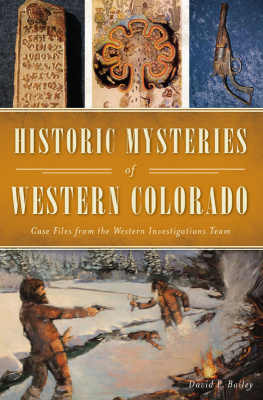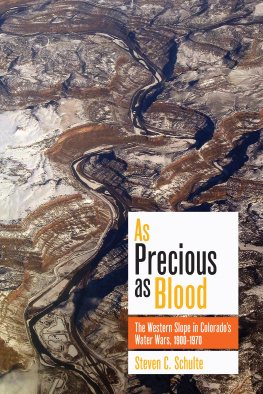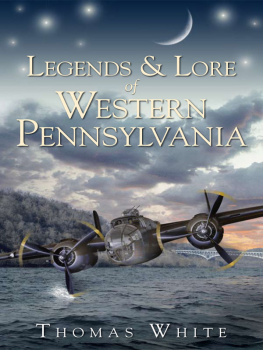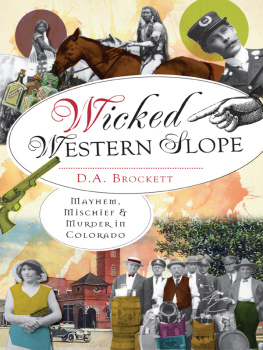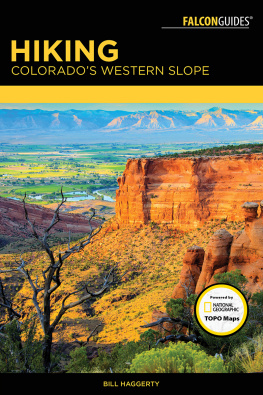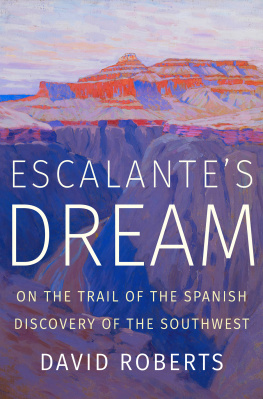

Published by The History Press
Charleston, SC
www.historypress.com
Copyright 2019 by David P. Bailey
All rights reserved
First published 2019
e-book edition 2019
ISBN 978.1.43966.675.3
Library of Congress Control Number: 2019932629
print edition ISBN 978.1.46714.137.6
Notice: The information in this book is true and complete to the best of our knowledge. It is offered without guarantee on the part of the author or The History Press. The author and The History Press disclaim all liability in connection with the use of this book.
All rights reserved. No part of this book may be reproduced or transmitted in any form whatsoever without prior written permission from the publisher except in the case of brief quotations embodied in critical articles and reviews.
CONTENTS
ACKNOWLEDGEMENTS
I would like to thank everyone who has given their time and incredible expertise to the Western Investigations Team (WIT), especially Rick Dujay, PhD, our scientific coordinator, whose scientific expertise was invaluable to the team and who is now enjoying his retirement at his ranch. Former Museums of Western Colorado director Mike Perry has been there since the inception of the Western Investigations Team and has been an important team member. WIT archaeologists Phil Born and John Lindstrom made every WIT project a great teaching experience for the student interns.
Equally important is Colorado Mesa University president Tim Fosters support of the Western Investigations Team. He allowed us to use the campus scientific laboratories and consult with faculty scientists and provided our finest student interns. Many of these Colorado Mesa University student interns are now working in forensic science, research, law enforcement and as historians. Noted scientist Ken Kosanke, PhD, analyzed many of our artifacts and forensic material at the university.
Ron Bubar, owner of Grand Junction Subaru, and the Inge Foundation of Texas provided much-needed financial support to buy equipment, supplies and funding for exhibitions of our discoveries.
Erin Schmitz, curator of collections and archives at the museums Loyd Files Research Library, has been invaluable in finding historical documents, scanning photographs and aiding with this book. Library volunteer Marie Tipping was wonderful at finding crucial historical documents and maps needed for our research. Museum collections assistant Vida Jaber scanned photographs from the WIT archives.
A special thank-you to Debbie Bailey, PhD, for her advice and editing of this book.
INTRODUCTION
The history of western Colorado is full of narratives from the many cultures that made this area their home. The Native Americans, explorers, settlers, town builders, cowboys and prospectors all added to our broad mosaic of history. western Colorados history can be described as a pioneer patchwork quilt made of squares of very different fabrics and colors, each of which holds a memory. However, over time, the meaning of each square can fade from memory. What once was a succinct story can slowly turn into myths or legends or in time be simply forgotten. The aging patchwork quilt can lose its threadwork, and the squares that were firmly connected can come apart and leave their stories disconnected. The twelve stories in this book are those disconnected quilt squares rediscovered and, if possible, added back to the colorful patchwork that forms the unique history of western Colorado.
The first story in this book details one of Colorados most famous murder mysteries: Alferd Packer, the Colorado Cannibal. In 1874, Packer and five fellow prospectors became lost in the snowy San Juan Mountains of Colorado. Packer was accused of killing and eating his fellow travelers. Packer proclaimed his innocence and accused another prospector of the murders. This case was reexamined over one hundred years later by a team of modern academic and scientific experts in the hope of finding out what really happened to the five murdered prospectors. The multidiscipline team included experts in history, anthropology, archaeology, biology and forensic science. The team worked well together and decided to formalize the partnership. This new team formed in 2005 and is called the Western Investigations Team. It is composed of experts from different disciplines whose mission is to investigate western Colorado mysteries, combining in-depth historical research with the latest scientific technology.
The state of Colorado is divided by a long stretch of mountains that runs north to south, known as the Continental Divide. The region west of the divide has historically been known by many namesthe Pacific Slope, Sunset Slope, Western Slope and western Colorado. Thousands of years ago, Paleo-Indian hunter-gatherers lived in present-day western Colorado, followed by the Fremont Culture, which built pit houses and grew corn. Farther to the south, the Ancestral Puebloans built the incredible cliff dwellings of Mesa Verde. Historically, the region has also been part of many nations, including the Ute and Shoshone Indians, the Kingdom of Spain, Mexico and the United States, first as Colorado Territory and finally as the state of Colorado in 1876. The Western Investigations Teams mission is to solve some of western Colorados enduring mysteries. Its investigations have covered a broad cross-section of western Colorado prehistory and history, including Uto-Aztecan history, the Spanish colonial period and the settlement era.
CHAPTER 1
ALFERD PACKER
Solving One of the Wests Great Murder Mysteries
In early 1874, six lost prospectors struggled against the unrelenting snow in Colorados San Juan Mountains. In desperation, they found shelter in a deep ravine protected from the elements by a large stand of pine trees. The ragged men built a small fire on top of a rotten log. The prospectors, weak from hunger and numbing cold, sent one of their party out to search for the Los Pinos Indian Agency settlement. After a fruitless all-day search, the man followed his earlier tracks back to camp as darkness fell on the mountains. As he approached, a dark figure silhouetted against the fire rushed him with a raised hatchet. Startled, the man backed up, reached for his pistol and shot his assailant. The attacker, although slowed, reached his intended victim, and the man was forced to drop his pistol and fight for his life. The pistol, flung hastily aside, was lost in the deep snowand from memory.
The mystery of what happened that day would begin to come to light 120 years later in the firearms storage room at the Museums of Western Colorado. In January 1994, the museums curator of history, David Bailey, was inventorying the famous Audry Thrailkill Firearms Collection. Each artifact had to be photographed and checked for proper documentation, and a review had to be made of the objects provenance or associated history. The Thrailkill Firearms Collection has an amazing assortment of pistols, rifles, cannons, carbines and swords owned by famous and infamous figures of the Wild West. The collection varies from pristine weapons with extensive histories to firearms in terrible conditionknown as relics because of decades of exposure to the weather. The relic firearms often have very little documented history.
Bailey was checking the documentation on an 1862 Colt Police Model pistol. The pistol was in poor conditionthe grips were rotted off, the main spring was broken, and it still had .38-caliber cartridges in three of the five cylinders. The pistol had been issued as a .36-caliber cap-and-ball revolver in 1862 and was converted to fire .38-caliber rimfire cartridges in early 1870s. This small conversion pistol was inexpensive and was carried by miners and prospectors as a personal sidearm for protection while searching for gold and silver in the mountains. The pistol had little information other than a yellowed accession card that cryptically stated, This gun found at the site where Alferd Packer killed and ate his companions. Bailey was very familiar with the Alferd Packer saga, as were most Colorado residents, who grew up on grisly tales of the Colorado Killer and Cannibal. Bailey decided to do some in-depth research about Packer and find out if this odd little pistol was connected to Colorados most notorious criminal. He began the long process of searching for genealogical records on Packer along with books and articles on the grisly murders and the trial transcripts from the case.
Next page
